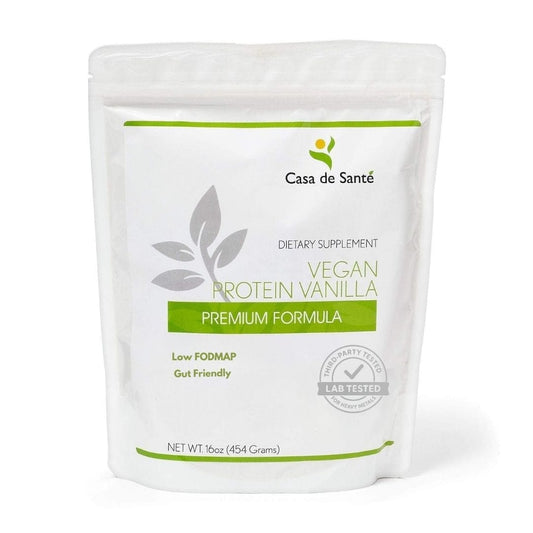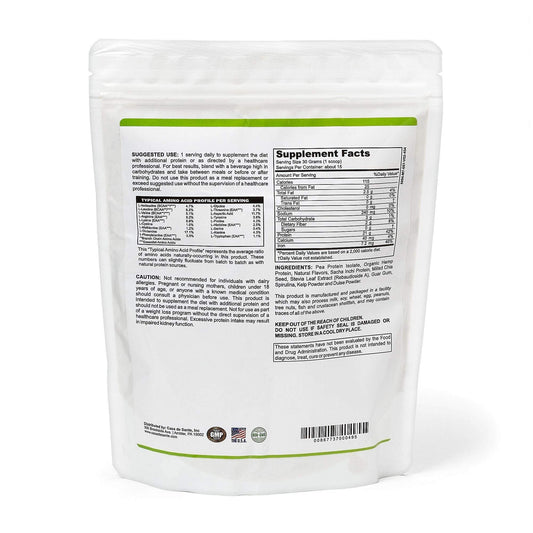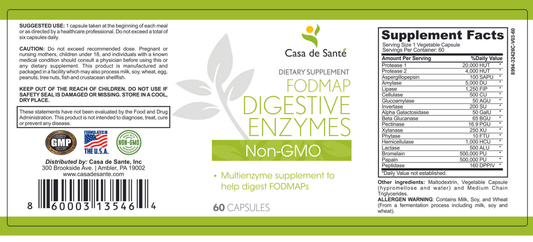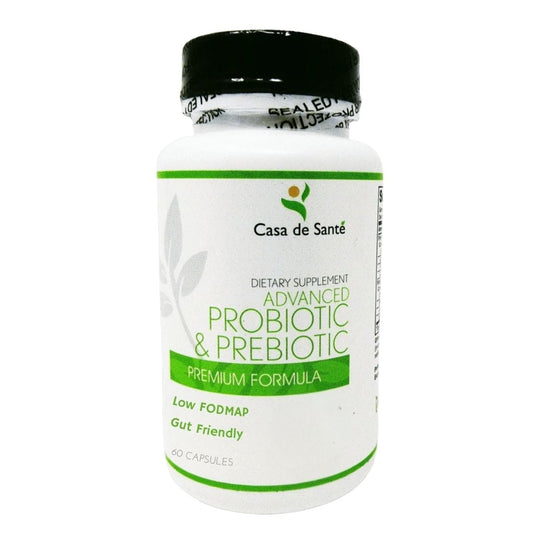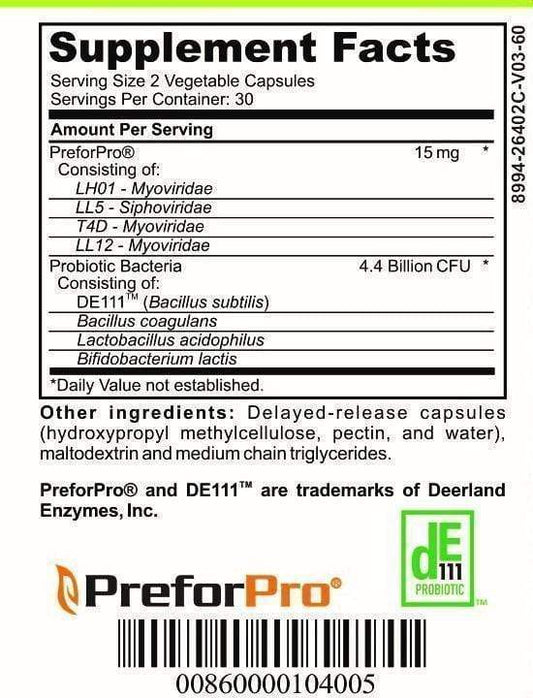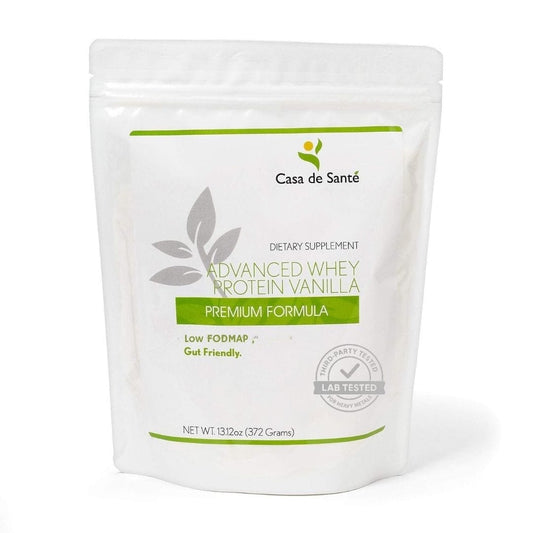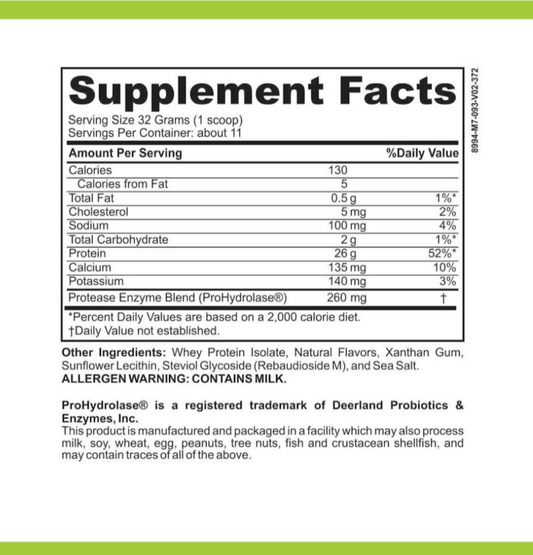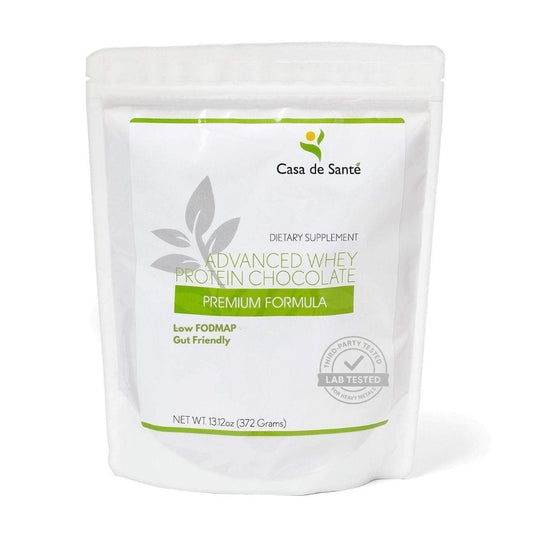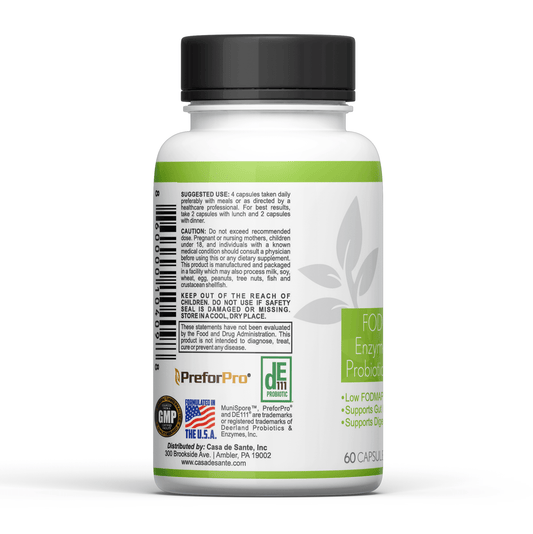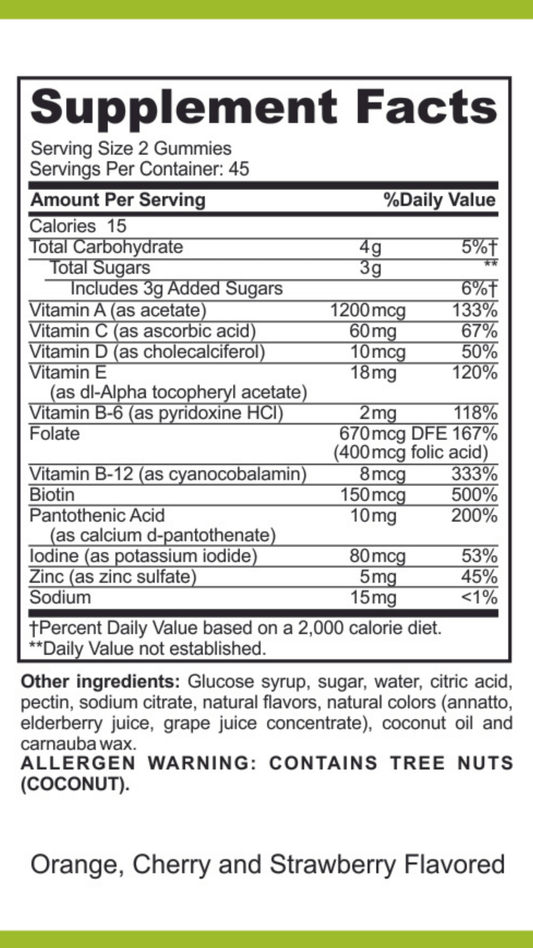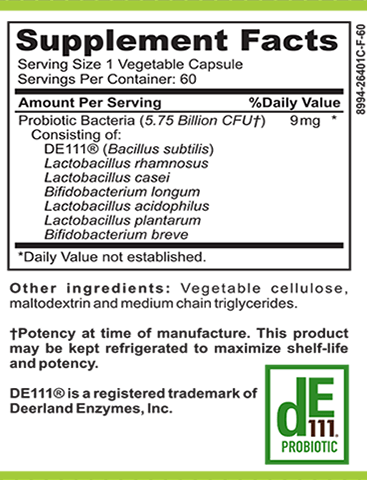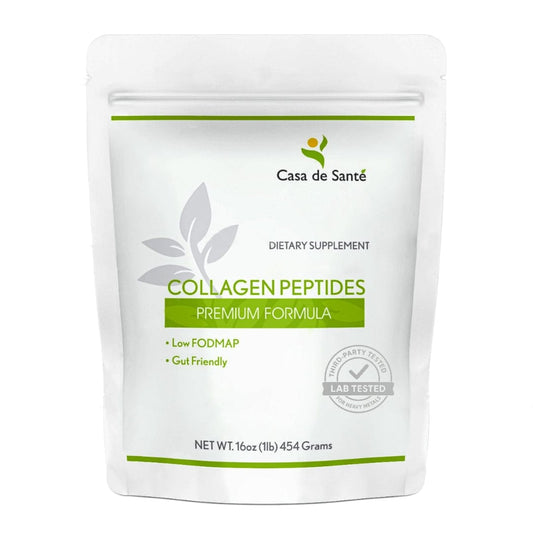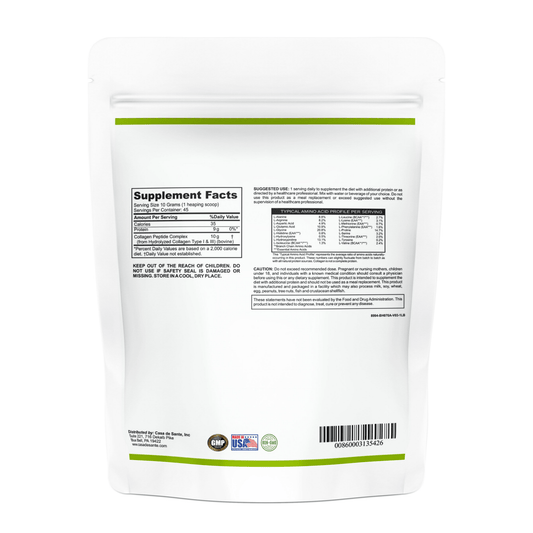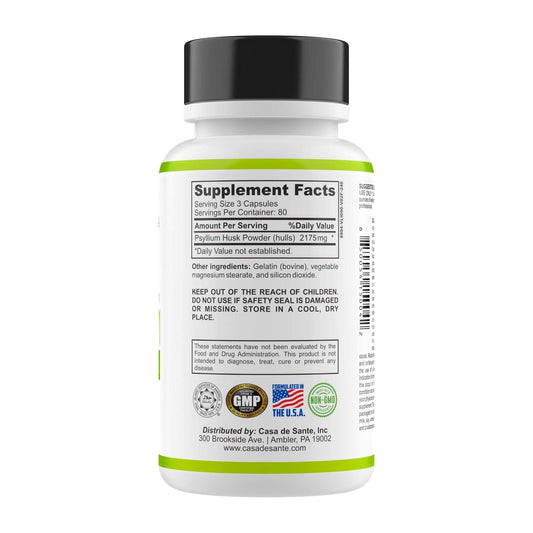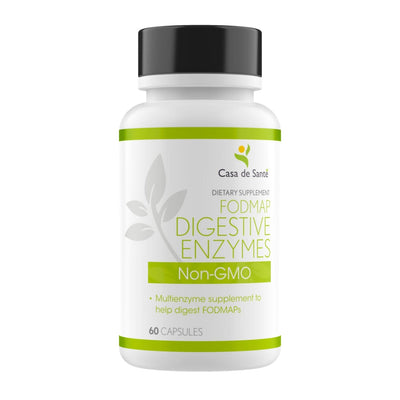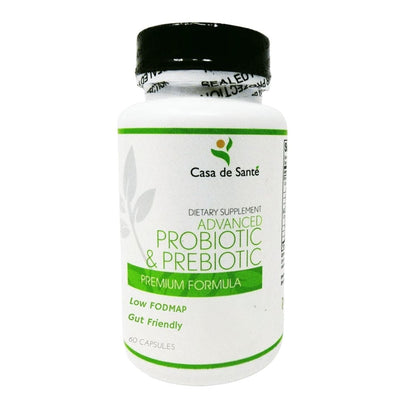Delicious Low FODMAP Pumpkin Muffins
Delicious Low FODMAP Pumpkin Muffins
Are you following a low FODMAP diet and craving a delicious treat? Look no further than these mouthwatering low FODMAP pumpkin muffins. In this article, we will explore the ins and outs of the low FODMAP diet and why pumpkin is a great ingredient for those following this eating plan. We'll also share the essential ingredients you'll need to make these muffins, a step-by-step recipe, and tips for serving and storing them. Get ready to indulge in these guilt-free treats!
Understanding the Low FODMAP Diet
If you're new to the low FODMAP diet, you might be wondering what it's all about. FODMAPs are a type of carbohydrates that some individuals have trouble digesting. The acronym stands for Fermentable Oligosaccharides, Disaccharides, Monosaccharides, and Polyols, all of which are found in certain foods. These substances can cause digestive distress in those with sensitive guts, leading to symptoms such as bloating, gas, and stomach pain.
The low FODMAP diet aims to eliminate or limit foods high in FODMAPs to relieve these symptoms. It involves avoiding foods like wheat, dairy, and certain fruits and vegetables, and focusing on low FODMAP alternatives.
The benefits of following a low FODMAP diet can be significant. Many individuals with irritable bowel syndrome (IBS) and other gastrointestinal conditions have found relief from their symptoms by adopting this eating plan.
One of the key principles of the low FODMAP diet is to identify and eliminate high FODMAP foods from your diet. This can be done through a process called the elimination phase. During this phase, you will need to strictly avoid foods that are known to be high in FODMAPs. This may include foods like onions, garlic, wheat, certain fruits, and legumes.
Eliminating these high FODMAP foods can be challenging, as they are commonly found in many everyday meals. However, there are plenty of low FODMAP alternatives available that can help you still enjoy a wide variety of delicious foods. For example, instead of using onion and garlic in your cooking, you can use herbs and spices to add flavor. Instead of wheat-based products, you can opt for gluten-free alternatives like rice or corn-based products.
Once you have successfully completed the elimination phase and experienced relief from your symptoms, you can move on to the reintroduction phase. This phase involves systematically reintroducing different FODMAP groups back into your diet to determine which ones are triggering your symptoms. By doing this, you can personalize your low FODMAP diet and identify your individual tolerance levels for different FODMAPs.
It's important to note that the low FODMAP diet is not a long-term solution. It is meant to be followed for a specific period of time to identify trigger foods and alleviate symptoms. Once you have determined your individual tolerance levels, you can reintroduce some high FODMAP foods back into your diet without experiencing symptoms.
It's also worth mentioning that the low FODMAP diet should be done under the guidance of a healthcare professional or a registered dietitian who specializes in gastrointestinal health. They can provide you with personalized advice and support throughout your journey with the low FODMAP diet.
In conclusion, the low FODMAP diet is a dietary approach aimed at reducing symptoms in individuals with sensitive guts. By eliminating or limiting high FODMAP foods and reintroducing them systematically, individuals can identify their trigger foods and create a personalized eating plan that allows them to enjoy a wide variety of foods without experiencing digestive distress.
The Role of Pumpkin in a Low FODMAP Diet
Pumpkin is a versatile and nutritious ingredient that can be a great addition to a low FODMAP diet. Not only is it low in FODMAPs, but it also provides essential nutrients. Let's take a closer look at why pumpkin is a perfect choice for those following this eating plan.
Nutritional Value of Pumpkin
Pumpkin is packed with vitamins and minerals that are beneficial for overall health. One cup of cooked pumpkin contains a significant amount of vitamin A, which is important for maintaining healthy vision and immune function. It also provides a healthy dose of vitamin C, an antioxidant that supports the immune system and aids in wound healing.
In addition to these vitamins, pumpkin is also rich in other essential nutrients. It contains potassium, which helps regulate blood pressure and maintain proper heart function. Pumpkin is also a good source of vitamin E, which is known for its antioxidant properties and its role in maintaining healthy skin.
Furthermore, pumpkin is a good source of fiber, which is essential for maintaining a healthy digestive system. Fiber helps regulate bowel movements and promotes a feeling of fullness, making it a great addition to a low FODMAP diet. It can also help prevent constipation and promote regularity.
Why Pumpkin is Low FODMAP Friendly
Luckily for pumpkin lovers, this versatile squash is low in FODMAPs, making it a safe choice for individuals following this eating plan. Pumpkin contains a type of carbohydrates called polyols, which are considered low FODMAP when consumed in moderate amounts. This means that you can enjoy pumpkin without worrying about triggering digestive symptoms.
Not only is pumpkin low in FODMAPs, but it is also easy to incorporate into a variety of dishes. You can use pumpkin puree as a base for soups, sauces, and baked goods. Roasted pumpkin can be added to salads or used as a side dish. The possibilities are endless!
Just make sure to opt for fresh or canned pumpkin puree without any added ingredients that might contain high FODMAPs, such as sweeteners or additives. By choosing pure pumpkin, you can enjoy its delicious flavor and reap the benefits it has to offer without any worries.
So, whether you're looking to add some flavor to your meals or simply want to enjoy a nutritious snack, pumpkin is a fantastic choice for those following a low FODMAP diet. Its low FODMAP content, combined with its nutritional value, makes it a perfect fit for anyone looking to maintain a healthy and well-balanced eating plan.
Essential Ingredients for Low FODMAP Pumpkin Muffins
Now that you understand the benefits of pumpkin for a low FODMAP diet, it's time to gather the essential ingredients to make your delicious muffins. Let's explore each ingredient in detail:
Choosing the Right Flour
When it comes to baking low FODMAP treats, choosing the right flour is crucial. Many traditional flours, such as wheat flour, are high in FODMAPs and should be avoided. Instead, opt for gluten-free flours like rice flour, oat flour, or almond flour. These alternatives are readily available at most grocery stores and will give your muffins a delightful texture.
Rice flour, a popular choice for gluten-free baking, is made from finely milled rice. It is a versatile flour that can be used in a variety of recipes, including muffins. Oat flour, on the other hand, is made by grinding whole oats into a fine powder. It adds a nutty flavor and a moist texture to baked goods. Almond flour, made from finely ground almonds, is a great option for those looking for a grain-free alternative. It adds a rich, buttery taste to muffins and helps create a tender crumb.
Sweeteners That Work
Traditional sweeteners like honey and high fructose corn syrup can be high in FODMAPs and should be avoided on a low FODMAP diet. Thankfully, there are many low FODMAP sweeteners available, such as maple syrup, coconut sugar, or stevia. These alternatives will add just the right amount of sweetness to your muffins without causing digestive discomfort.
Maple syrup, a natural sweetener made from the sap of maple trees, is a popular choice for baking. It has a rich, caramel-like flavor that pairs well with pumpkin. Coconut sugar, derived from the sap of coconut palm trees, has a similar taste to brown sugar and adds a lovely depth of flavor to muffins. Stevia, a plant-based sweetener, is extremely sweet and requires only a small amount to achieve the desired level of sweetness.
Low FODMAP Pumpkin Puree
To make low FODMAP pumpkin muffins, you will need a quality pumpkin puree that is free from added ingredients. Look for canned pumpkin puree that contains only pumpkin and no other additives or sweeteners. Alternatively, you can make your own pumpkin puree by roasting and blending fresh pumpkin.
When making your own pumpkin puree, choose a sugar pumpkin or a pie pumpkin. These varieties have a sweeter and smoother flesh compared to carving pumpkins. To prepare the pumpkin, simply cut it in half, remove the seeds and stringy pulp, and roast it in the oven until the flesh is soft. Once cooled, scoop out the flesh and blend it until smooth. Homemade pumpkin puree adds a fresh and vibrant flavor to your muffins.
Step-by-Step Recipe for Low FODMAP Pumpkin Muffins
Now that you have all the essential ingredients gathered, let's dive into the step-by-step process of making your delicious low FODMAP pumpkin muffins:
Preparing Your Ingredients
Start by preheating your oven to 350°F (175°C) and lining a muffin tin with paper liners. This will ensure easy removal and prevent sticking.
In a large mixing bowl, combine the chosen gluten-free flour, baking powder, cinnamon, and a pinch of salt. Mix well to distribute the dry ingredients evenly.
In a separate bowl, whisk together the low FODMAP sweetener, melted butter or oil, eggs, and vanilla extract until well combined.
Add the wet ingredients to the dry ingredients and mix until just combined. Be careful not to overmix, as it can result in dense muffins.
Mixing and Baking Instructions
Now, it's time to incorporate the star ingredient – the low FODMAP pumpkin puree. Gently fold in the pumpkin puree until no streaks remain, being careful not to overmix.
Scoop the muffin batter into the prepared muffin tin, filling each cup about three-quarters full. This will allow the muffins to rise and develop a pleasing dome shape.
Place the muffin tin in the preheated oven and bake for about 20 to 25 minutes, or until a toothpick inserted into the center of a muffin comes out clean. The exact baking time may vary, so keep an eye on them to avoid overbaking.
Once the muffins are baked to perfection, remove them from the oven and let them cool in the tin for a few minutes before transferring them to a wire rack to cool completely.
Serving and Storing Your Pumpkin Muffins
Now that your low FODMAP pumpkin muffins are ready, it's time to enjoy them to the fullest. Here are some serving suggestions and tips for storing your muffins:
Best Ways to Serve Pumpkin Muffins
These muffins are delicious on their own, but you can take them to the next level by adding a dollop of lactose-free whipped cream or a sprinkle of cinnamon on top. Enjoy them as a cozy breakfast treat, an afternoon snack, or a dessert after dinner.
How to Store Leftover Muffins
If you have any leftovers, you can store them in an airtight container at room temperature for up to three days. For longer-term storage, you can freeze the muffins in a freezer-safe container for up to three months. Just make sure to allow them to cool completely before freezing.
With this comprehensive guide, you're fully equipped to whip up a batch of delicious low FODMAP pumpkin muffins. Enjoy these delectable treats while respecting your digestive needs. Happy baking!

